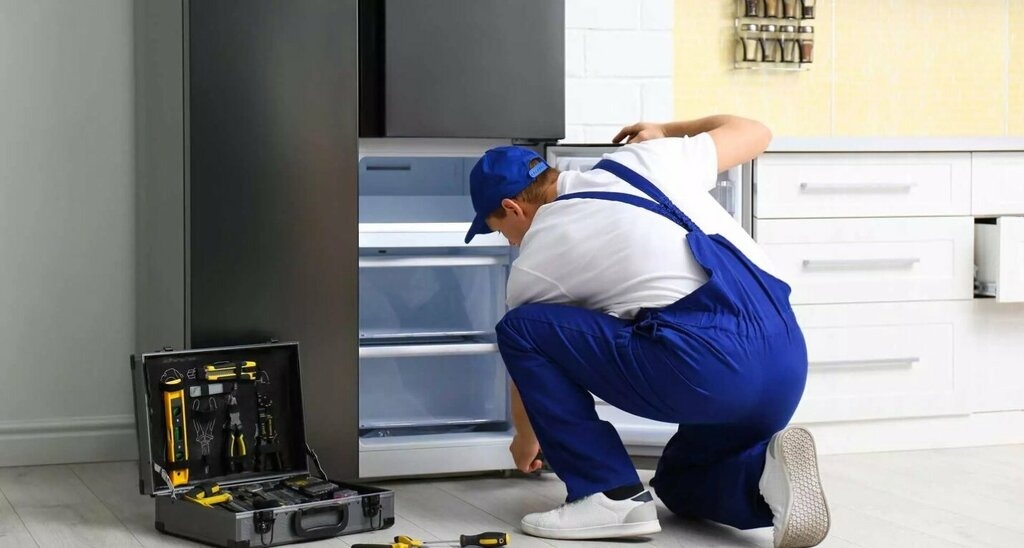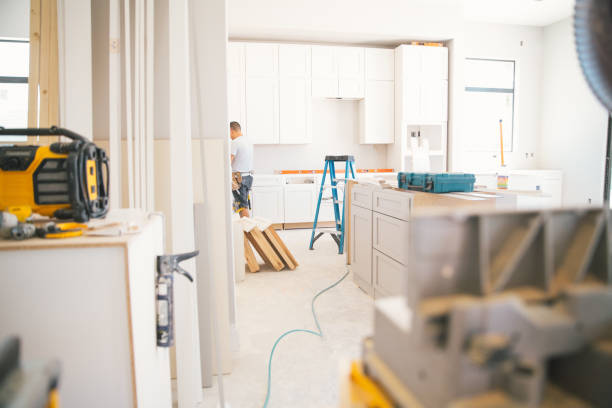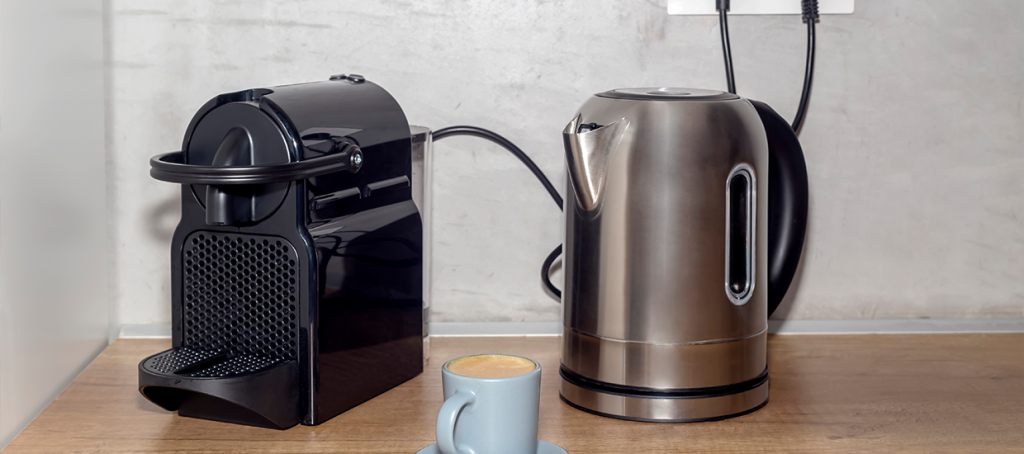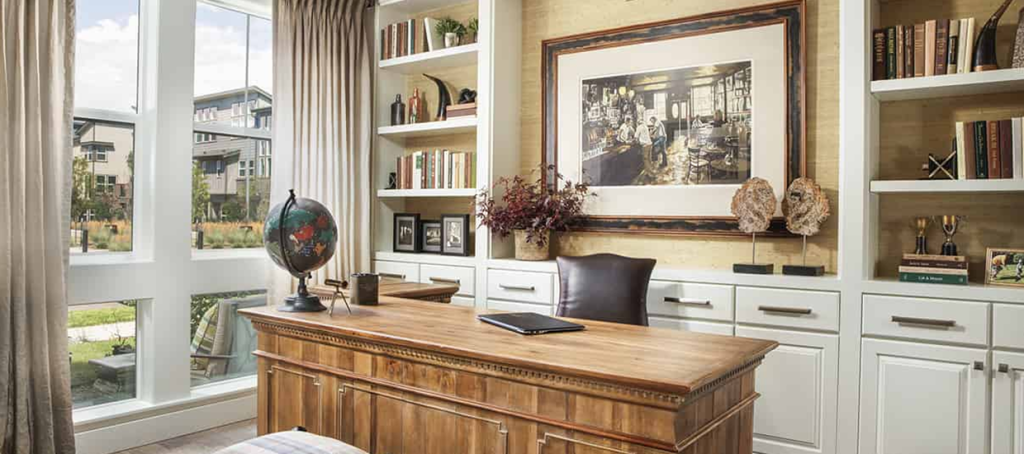Busy homes create stress. Dust builds, chores pile up, and time disappears. That’s why cleaning services matter—they bring relief, safety, and order. That is why so many families are choosing cleaning services today. Cost is one part of the story, but the bigger picture is demand. Homes are busier than ever with work, kids, and pets. People want safe, clean, stress-free spaces, and they’re willing to pay for dependable help.
This blog shows you step-by-step instructions on how to start a home cleaning business. We’ll cover why demand is growing, what services to offer, and the tools you need. You’ll also learn how to set prices, handle legal basics, and market your services. With a simple plan, you can launch quickly, serve your first clients, and grow with trust.
“Your service is more than dusting. It’s time, care, and safety delivered every week.”
Why Demand for Home Cleaning Services Keeps Growing
A clean home does more than shine. It reduces dust, pollen, and germs. It protects floors, stone, and steel from wear. And it keeps kitchens and baths safe for kids and pets. So the value is real and daily.
Why Demand Keeps Rising
Families work more. Homes get busy with pets, hobbies, and remote work. Therefore, many people outsource cleaning to save time. They also want predictable results on a set schedule. Because of this, the recurring cleaning service wins. Moreover, recurring plans build a steady income. And a steady income lets you hire and scale. If you ask how to start a home cleaning business, start with this promise: clean homes and safe environments.
Home Benefits Your Business Can Promise
- Healthier air and surfaces in key rooms.
- Protected finishes on wood, tile, and stone.
- Less stress and faster routines every week.
- Clear checklists and dependable results every visit.
How Much Does a Home Cleaning Service Cost to Customers?
Most customers pay based on home size, visit frequency, and tasks. On average:
- Hourly rate: $25–$50 per hour in the U.S.
- Flat rate per visit: $100–$250 for standard homes.
- Factors that raise cost: pets, deep cleans, and larger floor plans.
| Home Size | Average Cost | Frequency | Notes |
| 1–2 bed | $100–$150 | Weekly | Lower cost per clean with recurring plans |
| 3–4 bed | $150–$250 | Biweekly | Pets and kids raise costs |
| Large home | $250+ | Monthly | Often includes add-ons like an oven or windows |
Get To Know Your Local Market
Pick one or two customer groups—for example, target busy parents, pet owners, or small apartments. Also, note building types and common floor plans. Then learn local price ranges and travel times because clarity guides your offers.
Additionally, talk to five locals this week. Ask what they value and fear. Then use their words on your website because real language builds trust. And trust converts faster.
According to IBISWorld, the U.S. cleaning industry generates over $90 billion each year.
| Item | What to Check | Why It Matters |
| Neighborhoods | Density, parking, stairs | Sets time and effort |
| Home Size | Beds, baths, floors | Shapes scope and price |
| Visit Frequency | Weekly, bi-weekly, monthly | Predicts cash flow |
| Special Needs | Pets, allergies, newborns | Guides products and SOPs |
| Competition | Services, reviews, gaps | Shows your niche opening |
Types Of Cleaning Services You Can Offer
Start with three clear packages. Keep names simple and friendly. Then publish what each includes. Also, set a simple scope rule. For example, note height limits and clutter limits. Therefore, clients understand the plan. And your team works faster. Start with these packages if you are still asking how to start a home cleaning business. Then refine them after your first ten jobs.
- Standard Clean: Dust, bathrooms, kitchen, floors, and high-touch points.
- Deep Clean: Baseboards, vents, detail scrubbing, and heavy build-up.
- Move-In/Move-Out: Inside cabinets, fridge, oven, and interior windows.
Helpful Add-Ons
Offer focused add-ons for special needs.
- Inside the oven or fridge.
- Blinds and interior windows.
- Ceiling fans and light fixtures.
- Pet-hair treatment or allergen care.
- Eco-only products on request.
Common Cleaning Business Supplies & Equipment
A compact set of tools helps you work efficiently while keeping costs low. Start with the basics: a HEPA vacuum, a flat mop, and color-coded microfiber cloths. Add a caddy stocked with all-purpose cleaner, glass spray, bathroom cleaner, and a safe degreaser. Include non-scratch pads, a grout brush, and a scraper for tough spots. Since kitchens and bathrooms have different needs, keep separate tools for each area. Use one color for bathrooms and another for kitchens, and always keep spare cloths on hand for quick swaps.
Safety And Care Save Money
Protect yourself and the homes you clean by following safe practices. Always wear gloves and store cleaning products in clearly labeled bottles. Keep a simple Safety Data Sheet (SDS) binder for any hazardous materials you use, so you have a quick reference in case of spills or questions. For clients sensitive to smells, keep a smell-free option available. Before using a new product, test it on a small hidden spot to avoid damage—track which supplies run out quickly and buy those items in bulk to save money.
Starter kit checklist
- HEPA vacuum, flat mop, spare pads
- Microfiber cloths (color-coded)
- All-purpose, bathroom, glass, degreaser
- Non-scratch pads, grout brush, scraper
- Gloves, labels, simple SDS binder
“Buy once, care well, and your tools will last years.”
Choose A Brand Name For Your New Cleaning Company
Pick a name that people can spell and pronounce easily. Short names usually work best, so avoid tricky words or long phrases. Since you serve homes, aim for a warm and clean vibe. Words like home, fresh, bright, or mint can create the right feel. Before deciding, check that the website domain is available and search to ensure the name isn’t already in use in your city.
Make A Promise In The Name Or Tagline
Choose a business name that is simple to spell, easy to remember, and warm in tone. Pair it with a tagline that makes a clear promise. For example:
· BrightNest Cleaning
· FreshMint Home Care
· ClearPath Cleaning
If you serve a specific city or area, add that location to the name or tagline. This helps people find you in local searches. Once you’ve chosen your name, write a short “about” message that matches your promise. That way, your brand feels consistent and trustworthy from the start.
Quick brand name test
- Can clients spell it after one call?
- Does it hint at homes or care?
- Does it fit your promise and tone?
- Will it still fit when you hire staff?
Get A Cleaning Business License And Insurance
Check your city and state rules. Because rules vary, you should confirm permits before you book jobs. Then choose a simple business structure, like sole prop or LLC. Next, open a business bank account. Additionally, get a tax ID if you plan to hire. Finally, keep receipts and track miles from day one.
Protect trust with coverage
Protect your work. Homeowners value “bonded and insured.” Therefore, start with general liability. If you drive for work, consider commercial auto. Moreover, check the workers’ comp rules if you hire a worker. A small janitorial bond can also reduce worry. As a result, clients relax and book faster. This step is key because people ask how to start a home cleaning business. Licensing and coverage make your brand real and safe. “Paperwork is quiet marketing. It shows you play fair and plan.”
| Item | What It Covers | Why It Matters | Notes |
| Registration | Legal right to operate | Avoids fines, builds trust | City and state vary |
| Bank Account | Clean money records | Clear taxes, easy growth | Keep funds separate |
| General Liability | Property and injury claims | Protects you and clients | Pick clear limits |
| Workers’ Comp | Employee injuries | Often required if you hire | Check state rules |
| Bond (Optional) | Theft claims | Extra peace of mind | Not insurance |
Start Marketing Your New Cleaning Company
Claim your Google Business Profile as a service-area business. Hide your home address and list your service areas. Then upload bright before/after photos. Add services like Standard, Deep, and Move-Out with “from” prices. Because people scan fast, simple menus help them act.
Pro Tip: Keep a photo portfolio of your first 10 cleans. It builds instant trust online.
Win The First 20 Customers
Reach your warm circle. Ask friends, neighbors, and local groups. Offer a small intro discount for recurring plans. Moreover, leave a neat card with a QR code to your booking page. After each job, request a review the same day. Therefore, your profile grows with fresh proof. Also, track leads by source. As a result, you will learn which channels work. If you ask how to start a home cleaning business, focus on reviews first. Because reviews build trust, they power steady bookings.
Fast, Low-Cost Moves
- Google Business Profile with weekly photo posts
- One-page website with a clear service menu
- Friendly scripts for calls and texts
- QR review cards after every visit
- Partner notes for realtors and landlords
Your Simple 7-Day Launch Plan
Now, turn plans into action. Start lean and move with speed. Because action teaches faster than long research, you will learn and improve.
- Day 1: Pick a name and register.
- Day 2: Open a bank account and draft your service menu.
- Day 3: Buy your starter kit and label bottles.
- Day 4: Write SOPs and a safety checklist.
- Day 5: Set up Google Business Profile and a one-page site.
- Day 6: Do two trial cleans for photos and practice.
- Day 7: Ask for reviews and launch your intro offer.
FAQs
- How much does a home cleaning service cost?
Most services charge $25–$50 per hour or $100–$250 per visit, depending on home size and frequency.
- How much does it cost to start a cleaning business?
You can start lean with $300–$800 for basic supplies, insurance, and registration.
- What insurance do I need for cleaning services?
General liability is essential, and workers’ comp or bonding is wise if you hire staff.
Start Lean, Systemize Early, And Grow With Trust
Now you have a simple plan you can use today. You learned how homes benefit from steady care. You mapped your local market and picked clear services. You built a lean kit and a warm brand. Moreover, you set up licenses and simple insurance. You launched local marketing and a review habit. And you made customer service your edge.
Finally, review your week. What took too long? Which rooms slowed you down? Then adjust prices and time windows. Moreover, keep notes on products that work best. Because small tweaks add up, your days will feel easier. Share this plan if someone asks you how to start a home cleaning business. As a result, you will help them move, just like you did.
As you grow, keep learning with Home Improvement, simplifying complex tasks.











